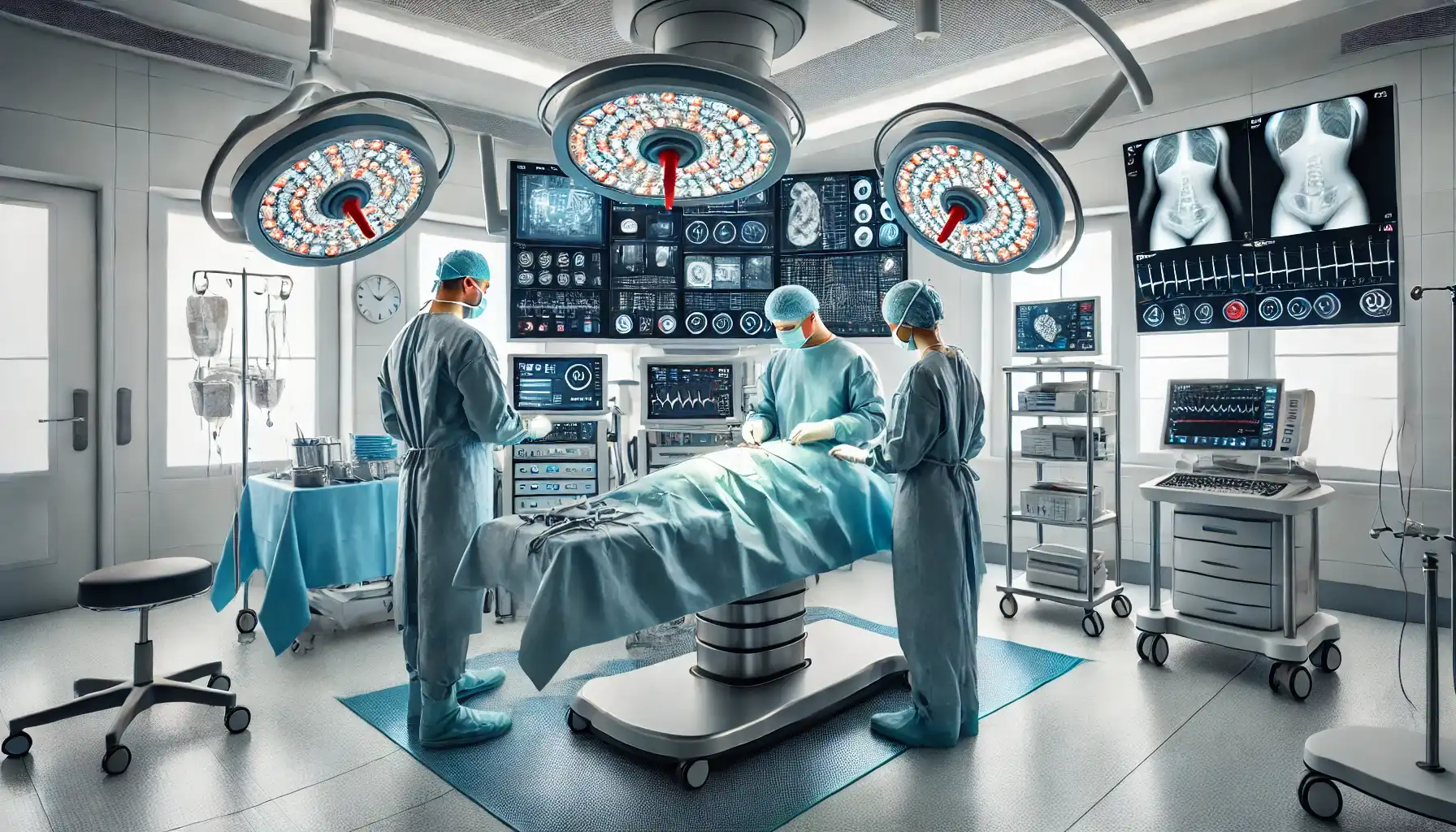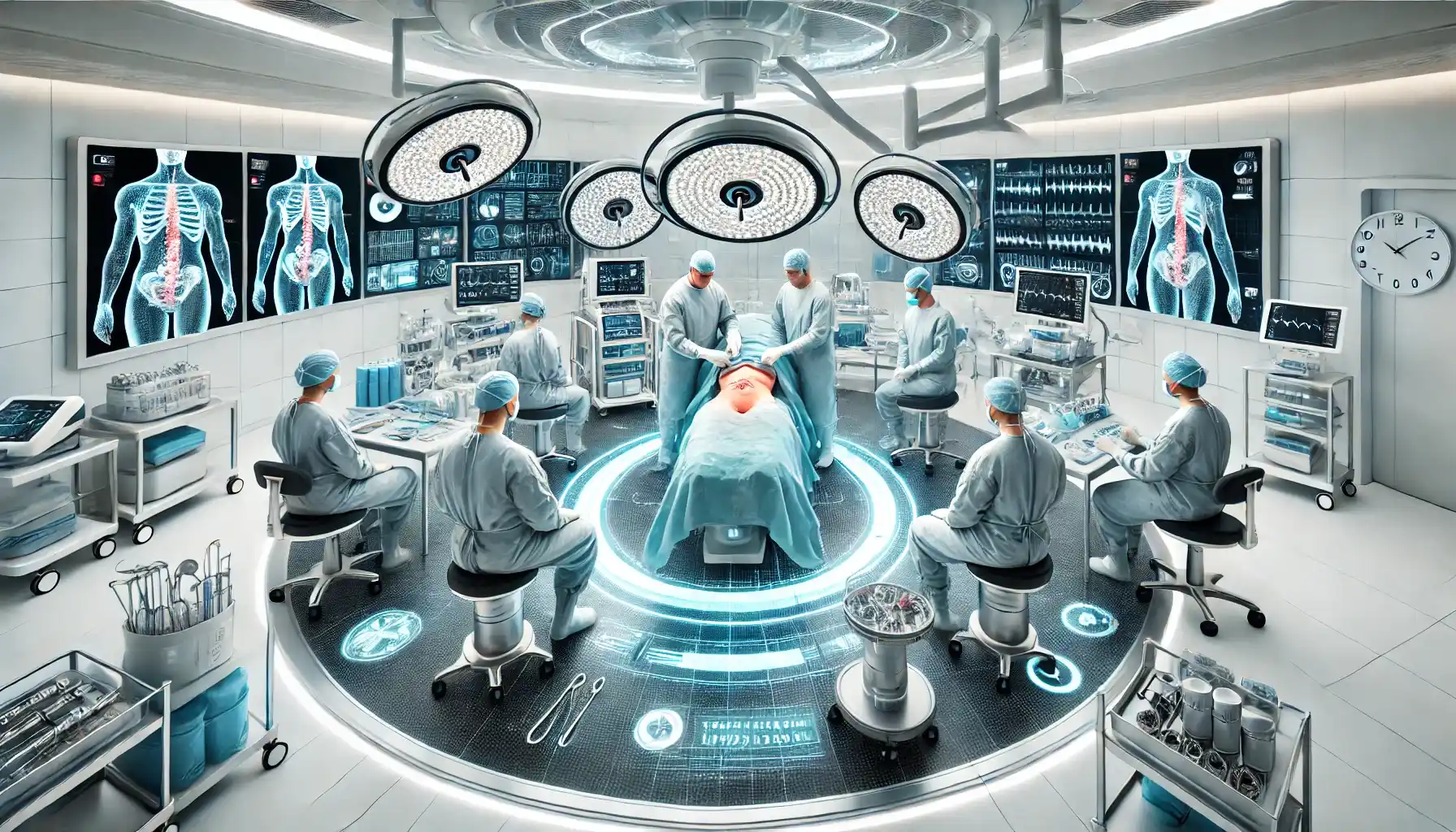Introduction to the Transformation Journey of Abdominoplasty
Abdominoplasty, commonly referred to as a tummy tuck, is not just a cosmetic procedure; it's a transformative journey that reshapes and enhances the abdominal area. This surgical process is sought after by many who wish to improve their aesthetic appearance and overall quality of life. In this guide, we will explore the myriad benefits of abdominoplasty, delve into the surgical process, and outline what patients can expect during their recovery period.
Understanding Abdominoplasty
Abdominoplasty goes beyond simple cosmetic enhancements by addressing both physical appearance and functional issues. The procedure involves removing excess fat and skin and, importantly, tightening the muscles within the abdominal wall. This is particularly beneficial for those who have experienced significant changes in their body due to weight fluctuations, pregnancy, or aging and have not seen improvement through diet and exercise alone.

Benefits of Abdominoplasty
1. Improved Aesthetic Appearance
One of the most compelling reasons individuals opt for a tummy tuck is to achieve a flatter, more toned abdomen. Abdominoplasty effectively removes excess, sagging skin and stubborn fat, resulting in a smoother and more defined abdominal profile. This significant transformation often leads to enhanced self-esteem and body confidence, as patients feel more comfortable in their skin and with their body image.
2. Enhanced Core Strength
During an abdominoplasty, the surgeon often tightens weakened or separated abdominal muscles (a condition known as diastasis recti). This not only helps in achieving a visually appealing flat tummy but also contributes to improved core strength. A strong core is essential for overall stability, supports better posture, and can alleviate back pain, which is often exacerbated by weak abdominal muscles.
3. Relief from Urinary Incontinence
Post-pregnancy, some women may suffer from stress urinary incontinence (SUI), which can manifest as a slight leakage of urine during coughing, sneezing, or exercising. Abdominoplasty can aid in alleviating this condition by reinforcing the pelvic floor and bladder area, thereby reducing the occurrence of incontinence.
4. Reduction of Skin Irritation
Excess skin in the abdominal area can lead to skin irritations, chafing, and infections due to the constant friction, especially under warm conditions. By removing this excess skin, abdominoplasty reduces the risk of these uncomfortable and often painful conditions, enhancing the patient’s comfort in daily activities.
5. Motivation for a Healthier Lifestyle
Many patients feel a renewed motivation to maintain their physique after seeing the results of their abdominoplasty. This procedure often acts as a catalyst for a healthier lifestyle, including improved diet and increased physical activity, which are crucial for long-term maintenance of the surgical results.
6. Improved Posture
Tightening of the abdominal muscles during the surgery not only enhances the body contour but also improves posture. This is achieved by reducing the tilt of the pelvis, which often compensates for weak abdominal muscles. Improved posture not only looks better but can also reduce long-term back issues.
The Surgical Process of Abdominoplasty
Embarking on the abdominoplasty journey involves a detailed surgical process tailored to meet individual needs and achieve optimal results. This section will explore what to expect from the initial consultation through the surgery day, providing a clear view of the procedure’s steps.

Initial Consultation
The first crucial step in your abdominoplasty process is the consultation with a board-certified plastic surgeon. This meeting is foundational for several reasons:
Assessment of Suitability: Your surgeon will evaluate your medical history, current health status, and the physical condition of your abdomen to determine if you are a good candidate for the procedure.
Discussion of Goals: It's essential to discuss your expectations and aesthetic goals openly. This ensures that both you and your surgeon are aligned on the expected outcomes.
Educational Overview: You will receive detailed information about the procedure, including potential risks, recovery expectations, and the cost involved. This is also a time to ask any questions you may have.
Preoperative Preparation
Once you are deemed a suitable candidate and decide to proceed, your surgeon will guide you through the necessary preoperative preparations:
Medical Evaluations: Additional tests may be required to ensure your fitness for surgery.
Medication Adjustments: Inform your surgeon about all medications and supplements you are taking, as some may need to be adjusted or stopped before the surgery.
Lifestyle Adjustments: You may be advised to stop smoking, avoid certain medications, and maintain a stable weight leading up to the surgery to facilitate a smoother recovery.
Day of Surgery
On the day of your abdominoplasty, here’s what typically happens:
Arrival at the Facility: You'll arrive at the hospital or surgical center, where you'll complete any last-minute paperwork and prepare for surgery.
Anesthesia: Abdominoplasty is usually performed under general anesthesia, ensuring you are asleep and pain-free throughout the procedure.
The Surgical Procedure:
Incisions: The type and length of the incisions depend on the extent of the surgery. For a full abdominoplasty, a horizontal incision is made from hip to hip just above the pubic area, while a mini-tummy tuck might require a shorter incision.
Removal of Excess Skin and Fat: The surgeon will remove excess skin and may use liposuction to remove unwanted fat.
Tightening of Muscles: This is often a key component of the procedure, where the abdominal muscles are tightened and stitched to create a firmer abdomen and narrower waistline.
Closing the Incisions: The incisions are sutured, and dressings are applied. In some cases, small tubes might be placed to drain excess fluid.
Postoperative Care
After the surgery, you will be taken to a recovery area where you will be closely monitored until you wake up from anesthesia. Here’s what follows:
Immediate Postoperative Care: You will receive pain management and care instructions for when you return home.
Hospital Stay: Depending on the complexity of the surgery and your individual health, you may be released the same day or you might stay overnight.
Recovery and Aftercare: Navigating the Post-Abdominoplasty Period
Recovering from abdominoplasty is an essential phase where careful management can significantly impact the quality of your results and overall satisfaction. This section outlines what to expect during recovery and provides tips for effectively navigating this critical period.
Initial Recovery Phase
Immediately following the surgery, you will enter the initial recovery phase, which is crucial for your healing:
Hospital Stay: Depending on the extent of your procedure and your overall health, you may spend a night in the hospital. This allows medical staff to monitor your initial recovery and manage any immediate postoperative symptoms.
Pain Management: It's normal to experience some discomfort and swelling. Your surgeon will prescribe pain medication to help manage this. It’s important to follow the dosage instructions to stay comfortable.
Mobility: You will be encouraged to start walking as soon as possible to prevent blood clots and promote healing, although your movements should be gentle and limited at first.
Home Care and Activity Restrictions
Once you are discharged, you will need to continue your recovery at home with the following guidelines:
Rest: Ensure you have a comfortable resting area set up at home where you can relax and sleep with minimal disruption. Keeping your upper body slightly elevated can help reduce swelling.
Compression Garments: Your surgeon will likely recommend wearing a compression garment. This helps reduce swelling and supports the abdominal area as it heals.
Activity Limitations: While light walking is encouraged, strenuous activities and heavy lifting should be avoided for several weeks as advised by your surgeon. This helps prevent complications and ensures the incisions heal properly.
Follow-Up Care
Regular follow-up appointments with your plastic surgeon are vital to ensure that your recovery is progressing well:
Monitoring Healing: Your surgeon will check your incisions, monitor for any signs of infection, and assess how your abdominal area is healing.
Scar Care: Guidance on how to care for your scars to minimize their appearance will be provided. This may include the use of topical treatments or silicone sheets.
Long-Term Recovery and Lifestyle Changes
As you move beyond the initial weeks of recovery, you will gradually be able to return to more normal activities and even begin to see the results of your surgery:
Resuming Exercise: Gradually reintroducing more vigorous exercise is important for maintaining your health and the results of your surgery. Your surgeon can provide a timeline and recommendations for resuming these activities.
Diet and Nutrition: Eating a balanced diet rich in vitamins and minerals will support healing and help maintain your new figure. Staying hydrated is also crucial.
Emotional Adjustments: Adjusting to your new body image and managing your expectations about the results can require some time. It’s normal to experience a range of emotions during this period.
Conclusion: Embracing Your New Contours
Abdominoplasty can be a life-changing procedure, offering significant improvements in both appearance and quality of life. By following your surgeon's instructions and taking care during your recovery, you can maximize your results and enjoy the benefits of your renewed body contour. Remember, the success of abdominoplasty not only depends on the surgery itself but also on how well you take care of yourself afterward. With the right care, your transformation journey can lead to lasting satisfaction and an enhanced sense of well-being.


